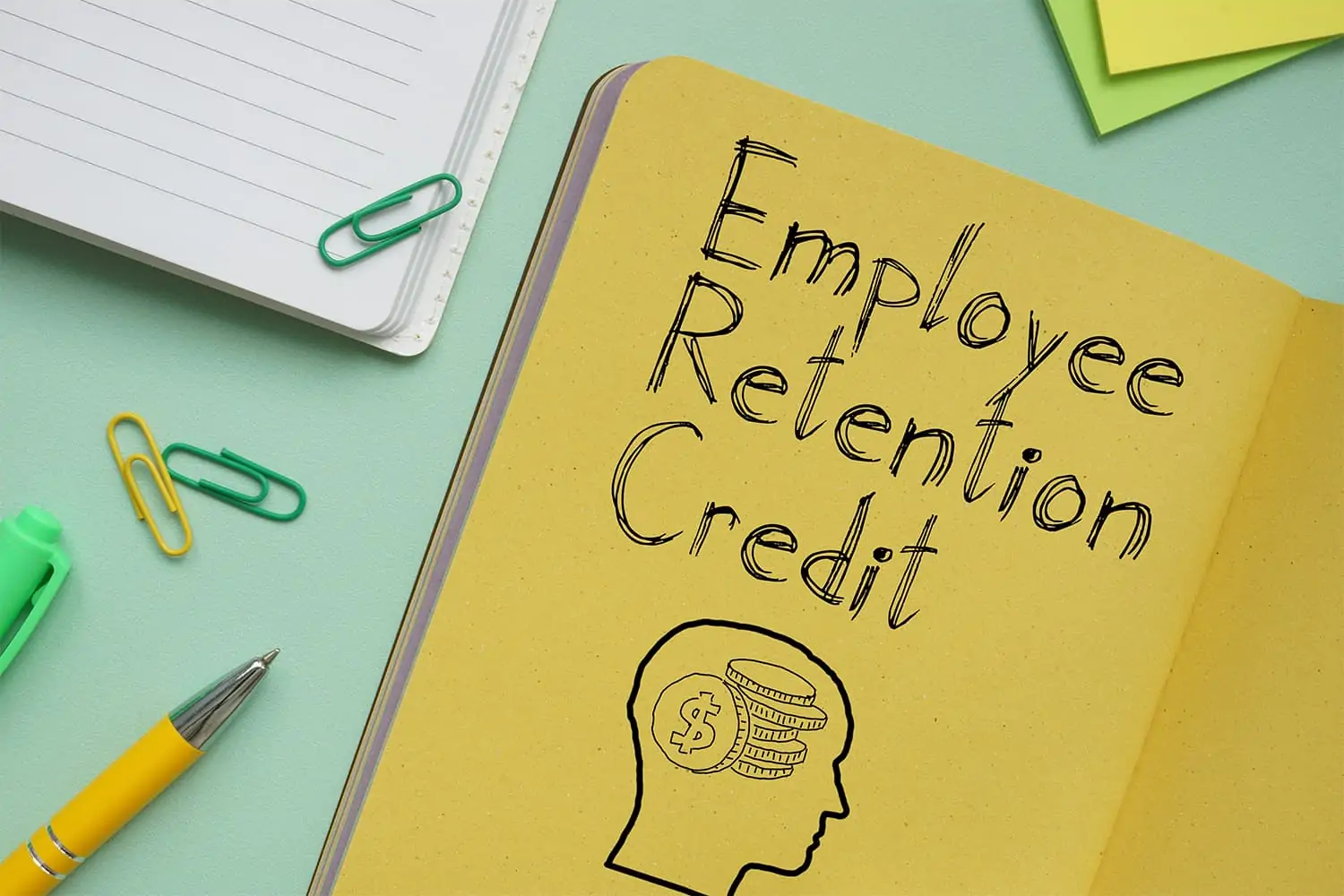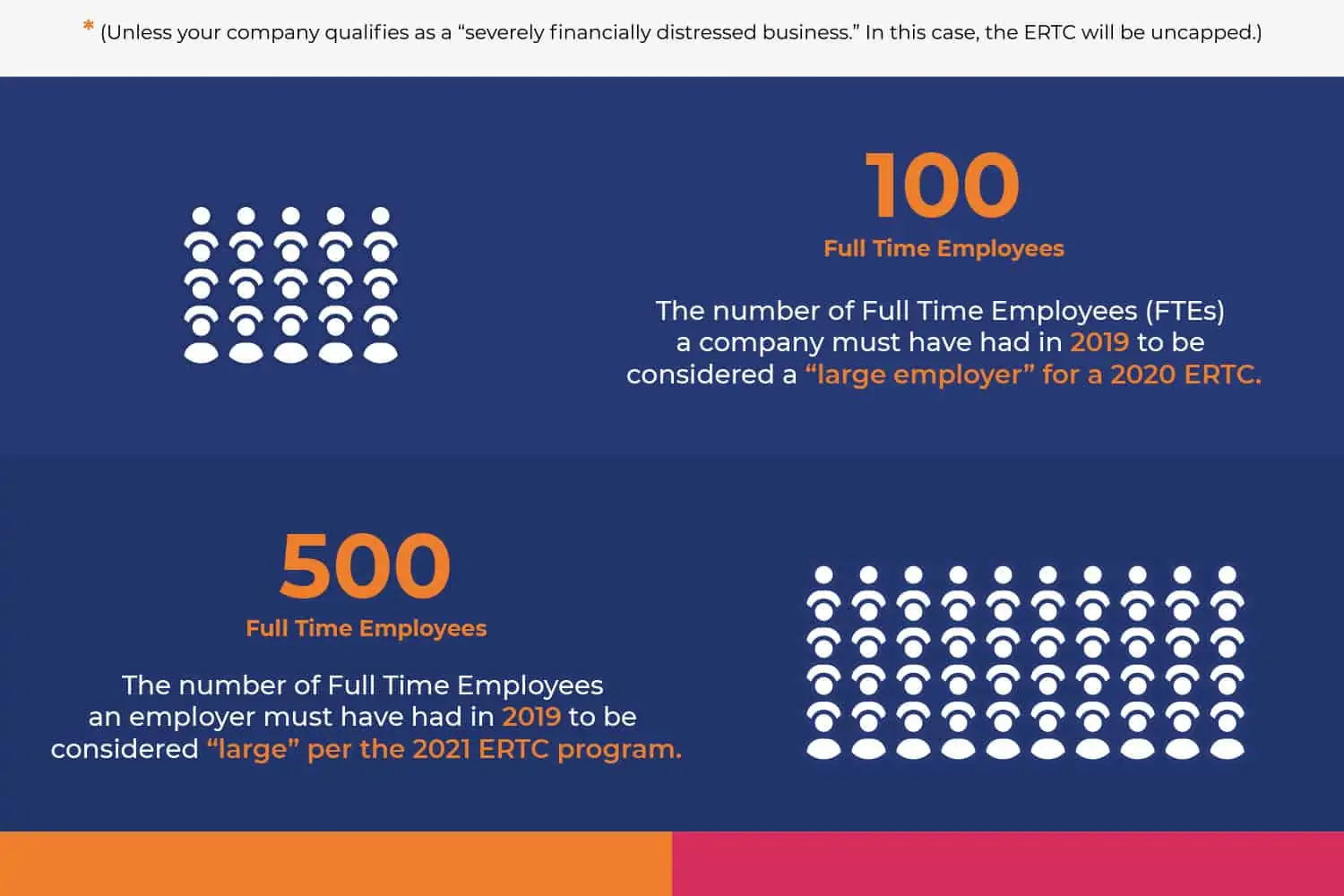Maximizing Forgiveness for PPP Loans and the Latest HR Updates

The deadline for applying for a PPP loan has passed (on August 8th) and now employers are wondering what’s next. Borrowers who are still spending their PPP loans may be unsure how long to choose for the covered period and what costs are best to put the money towards to maximize forgiveness. If your business or nonprofit is done spending the money, you may be thinking about what you’ll need from your payroll system to complete the application, as well as how to fill it out to maximize forgiveness. Ideally, your HR and payroll provider should be giving you advice on all these topics surrounding PPP loans. For those employers without a provider, MP’s HR consulting team can update you on PPP loans: what changes have been made over the summer, what guidance and changes Washington may be coming out with soon, and, most importantly: tips to maximize forgiveness.
PPP Loans: recent guidance, changes, and key basics
There are some key pieces of information that borrowers need to remember about their PPP loans: basics of the forgiveness application, how to choose a covered period, and a proposed bill that might absolve borrowers from having to complete most of the PPP loan forgiveness process.
Forgiveness application basics
- The forgiveness application is due 10 months after the end of a borrower’s covered period. After the company submits their application, the lender can take up to 60 days to submit it to the Small Business Association (SBA). The SBA can then take up to 90 days to decide how much of a loan is forgiven. Repayment begins from this point. Any loan obtained before June 5th, 2020 will automatically have a 2-year repayment plan. Borrowers who wish to have a 5-year repayment plan can speak to their lenders. Any PPP loans obtained after June 5th will automatically get a 5-year repayment.
- The time it takes to complete the forgiveness application can range from 20-100 hours, depending on how big the business is and how complicated their circumstances are. Considering average costs of staffing and labor, this means that the process can cost a business between $2,0000 and $4,000.
- Pay period flexibility applies to weekly and biweekly payrolls, payroll that was ‘incurred and paid.’ Companies or organizations that pay on a semimonthly or monthly basis must use partial pay periods when completing their applications.
Covered period basics:
Any borrower who obtained a loan prior to June 5th, 2020 has the option to choose an 8-week covered period or a 24-week covered period. PPP loans that originated after June 5th must use the 24-week covered period.
Keep in mind that the covered period will affect owner-employees with a 5% or greater share of their companies. The maximum compensation for owners is based on the business’ net profits in 2019. Owners using the 8-week covered period must use the lesser of 8 weeks of net profit in 2019 or $15,385. Owners using the 24-week covered period are limited to comp equivalent to 2.5 months of 2019 net profit or $20,833.
A proposed bill that you should wait to hear about
Currently a bill called the HEALS Act, is being discussed that may affect up to 80% of borrowers. This bill would provide nearly automatic forgiveness for any loans under $150,000. The companies and nonprofits that obtained these loans would just need to do a simple, 1-page attestment. Though it hasn’t passed yet, the bill has a high enough likelihood of passing that it’s worth waiting to see if it will be passed. It’s also not risky for borrowers to wait because they have 10 months from the end of their covered period to complete their forgiveness application. This is a long period of time and it’s likely the bill will be passed or die well before borrowers run out the clock on completing their application (if they still must complete it at all).
For loans between $150,000 and $2 million, there would still be a forgiveness application required, but it would be deeply simplified. Companies that have taken out these bigger loans would need to complete a 1-page sign-off and gather their documentation. They will need to keep that documentation on file for a minimum of 3 years, but they’ll only need to present it for an audit should the SBA request it.
Whether this bill passes or not, any companies that took loans over $2 million would need to proceed with the PPP loan forgiveness application as normal.
Another part of the HEALS Act, which is less likely to pass, may also be helpful to borrowers. This section would create a new round of funding for companies with fewer than 300 employees who can prove (through financial documentation) that they’ve had a 35% or higher decline in revenue. Out of that round of funding, $10 billion would be earmarked for businesses in rural communities and $25 billion would be earmarked for companies with fewer than 10 employees.
PPP Loans: How to maximize forgiveness:
Should the HEALS Act not pass, many businesses will be prioritizing maximizing their forgiveness. Here are some tips from MP’s HR services.
- Get your lender’s requirements. Though the PPP program seems as though it would be implemented in a standard way across the country, there are some details left up to individual lenders. Some lenders have their own forgiveness application or allow prorated covered periods. It’s also worth noting that many lenders aren’t even beginning to process forgiveness applications. The federal portal is open, but not all lenders have opened their own portals.
- Analyze non-payroll costs. Remember that borrowers cannot submit non-payroll expenses that they’ll also be listing as deductions on corporate taxes. An expense can only be a deduction or listed as a forgivable expense on your PPP loan. Prioritize non-payroll expenses based on whether they can be deducted for taxes. A CPA might be helpful in reviewing these expenses.
- Safe harbors: For staffing and/or pay reductions, businesses should compare the average FTE during their covered period to their reference period. If a borrower can’t reach or exceed the same numbers, their PPP loan forgiveness will be lowered—with one caveat. If a business or nonprofit can reach their February 15th FTE by the end of 2020 and document it, they can qualify as reaching this safe harbor and thus maximize their forgiveness.
- If a borrower can’t reach the safe harbor above, they have some options. If employees that were laid were later offered work, but refused, a company can offer documentation of this circumstance. If the company was unsuccessful in replacing a fired or laid-off worker, they can also present documentation of it.
- Lastly, a borrower can maximize forgiveness if they can prove that they cannot return to the same level of business activity that they were at as of February 15th because of compliance with COVID safety guidance from the US Department of Health and Human Services, the Centers for Disease Control (CDC), the Occupational Safety and Health Administration (OSHA), or state guidelines.
- Other considerations: Delve into the payroll reports that will be needed for the forgiveness application. They can help borrowers as they work through the forgiveness process, and even as a company or nonprofit spends their PPP loan. If an employer is still in need of funding, they can look into EIDL loans and Main Street lending programs. Neither will be forgiven, but both have very low interest rates and could help if a business is still struggling through the pandemic.
- If you’re an MP client or are considering it: If you’re an MP client, our iSolved platform includes a comprehensive report that’s easy to generate (or we can generate it for you). Your account manager will keep you updated with any new developments for PPP loans and maximizing forgiveness.
Recent Posts
- Building a High-Impact Leadership Development Strategy: A Step-by-Step Guide
- Why Leadership Training Matters in 2025 and Beyond
- The Real Reason Your New Hires Quit (And How to Fix It with Smarter Onboarding) – Zip Drive INCLUDED
- Learn & Grow: The Learning Management System for Employee Engagement and Retention
- From Attic to Innovation: Jason Maxwell’s HR Leadership Journey
Categories
- ACA (10)
- AI (6)
- BizFeed (6)
- Business Strategy (119)
- COBRA (5)
- Compliance (202)
- COVID-19 (92)
- Diversity (12)
- eBooks (19)
- Employee Engagement (33)
- Employee Handbooks (24)
- ERTC (29)
- FFCRA (7)
- HR (306)
- MP Insider (13)
- Payroll (122)
- PFML (9)
- PPP (24)
- PTO (5)
- Recruiting (53)
- Remote Work (39)
- Return to Work (32)
- Unemployment (1)
- Wellness (22)
Archives
- May 2025
- April 2025
- March 2025
- February 2025
- January 2025
- December 2024
- November 2024
- October 2024
- September 2024
- August 2024
- July 2024
- June 2024
- May 2024
- April 2024
- March 2024
- February 2024
- January 2024
- December 2023
- November 2023
- October 2023
- July 2023
- June 2023
- May 2023
- April 2023
- March 2023
- January 2023
- December 2022
- October 2022
- September 2022
- August 2022
- July 2022
- June 2022
- May 2022
- April 2022
- March 2022
- February 2022
- January 2022
- December 2021
- November 2021
- October 2021
- September 2021
- August 2021
- July 2021
- June 2021
- May 2021
- April 2021
- March 2021
- February 2021
- January 2021
- December 2020
- November 2020
- October 2020
- September 2020
- August 2020
- July 2020
- June 2020
- May 2020
- April 2020
- March 2020



